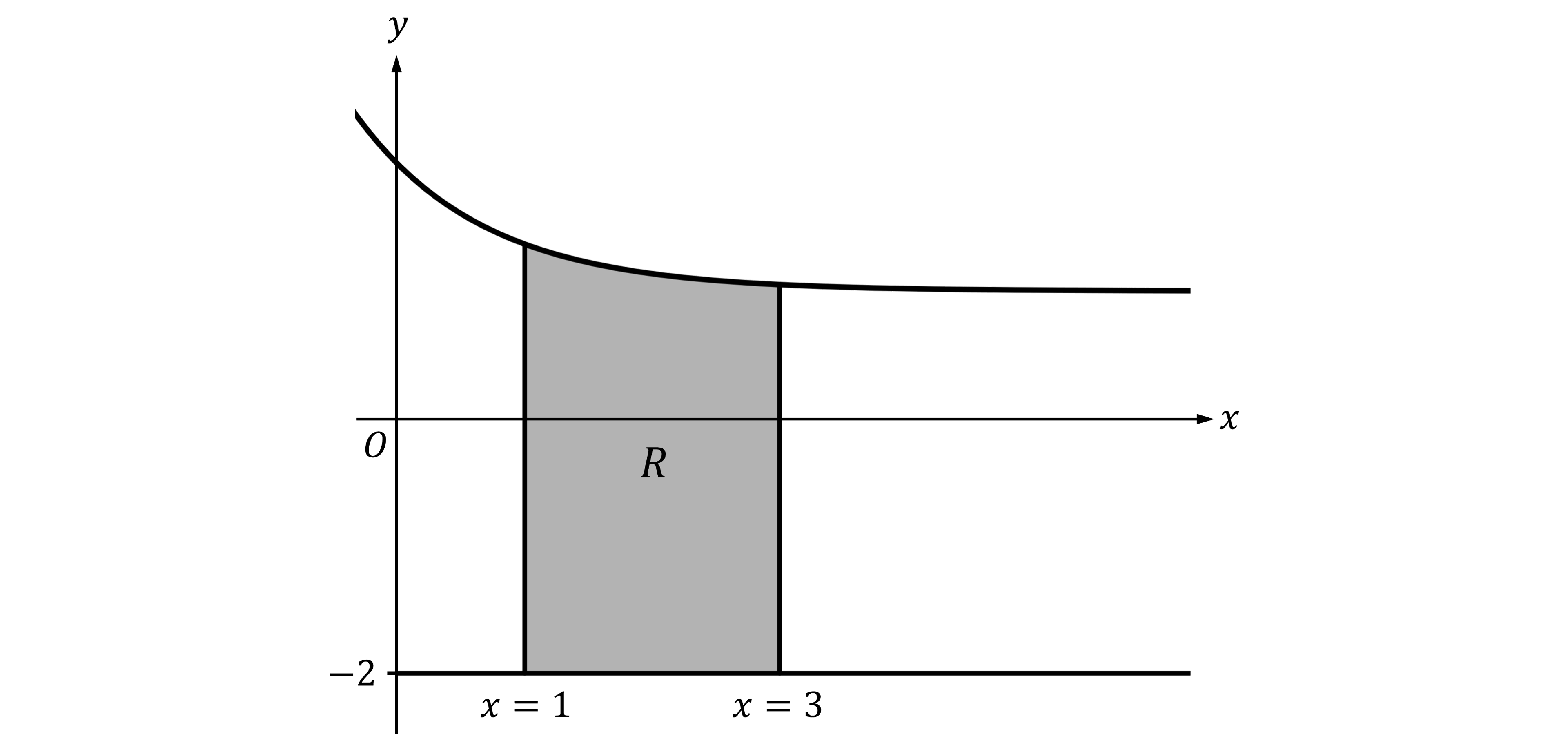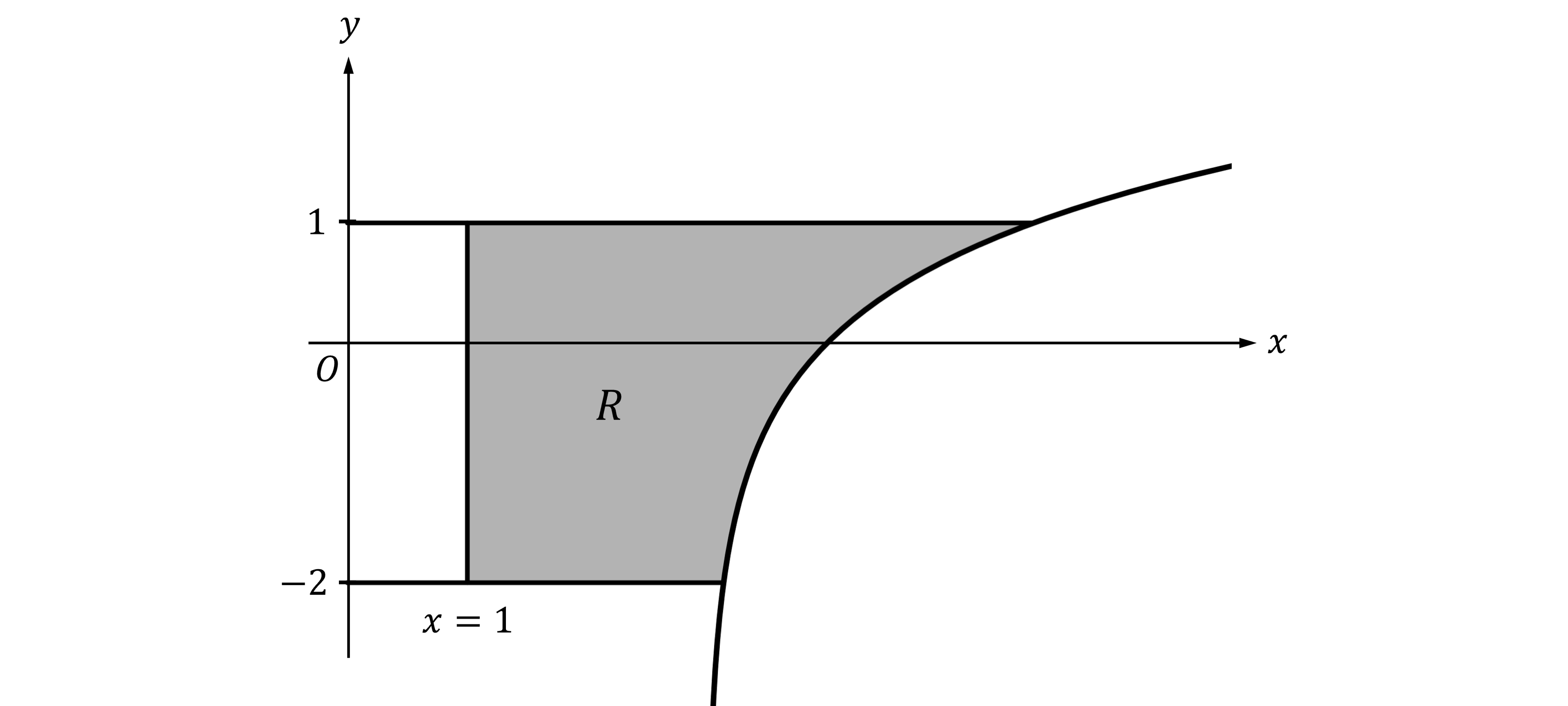Disc Method Around Other Axes (College Board AP® Calculus AB): Study Guide
Volume with disc method revolving around other axes
How can I use the disc method to calculate volumes of revolution around axes parallel to the x-axis?
For a continuous function
, if the region bounded by
the curve
and the line
between
and
is rotated
radians
around the line
, then the volume of revolution is
Note that
here is a function of
Thinking of this as an accumulation of change
is the volume of a disc with
circular cross section of radius
and length
is the limit of this volume element as
The integral
sums up all these infinitesimal volume elements between
and
Worked Example
Let be the region enclosed by the graph of
, the lines
and
, and the line
, as shown in the figure below.

Find the volume of the solid generated when is rotated about the horizontal line
.
Answer:
Use
The question doesn't specify units, so the units of volume will be
62.753 units3 (to 3 decimal places)
How can I use the disc method to calculate volumes of revolution around axes parallel to the y-axis?
This is similar to finding volumes of revolution around axes parallel to the
-axis
For a continuous function
, if the region bounded by
the curve
and the line
between
and
is rotated
radians
around the line
, then the volume of revolution is
Note that
here is a function of
This will mean rewriting
in the form
Also note that the integration is done with respect to
Worked Example
Let be the region enclosed by the graph of
, the lines
and
, and the line
, as shown in the figure below.

Find the volume of the solid generated when is rotated about the vertical line
.
Answer:
Use
First rewrite the function as a function of
Now that can be put into the integral
Note that the integration will be along the -axis, from
to
The question doesn't specify units, so the units of volume will be
81.735 units3 (to 3 decimal places)

Unlock more, it's free!
Did this page help you?